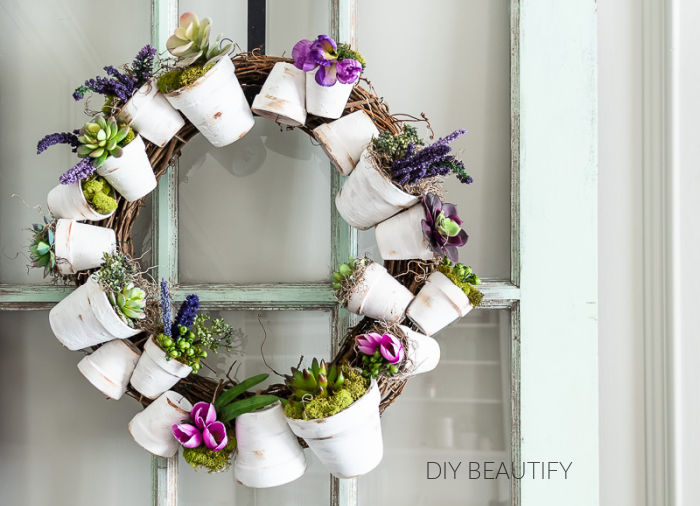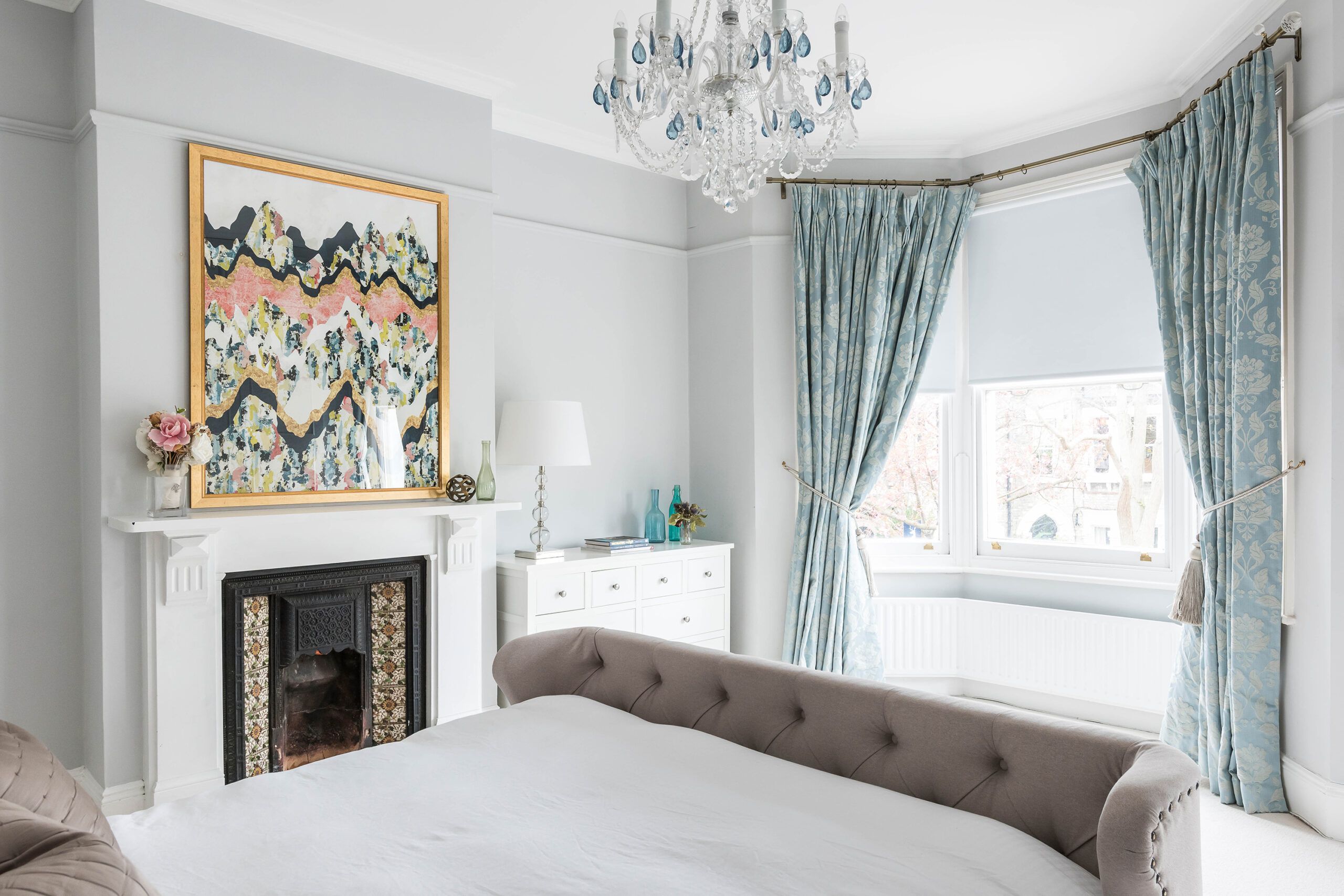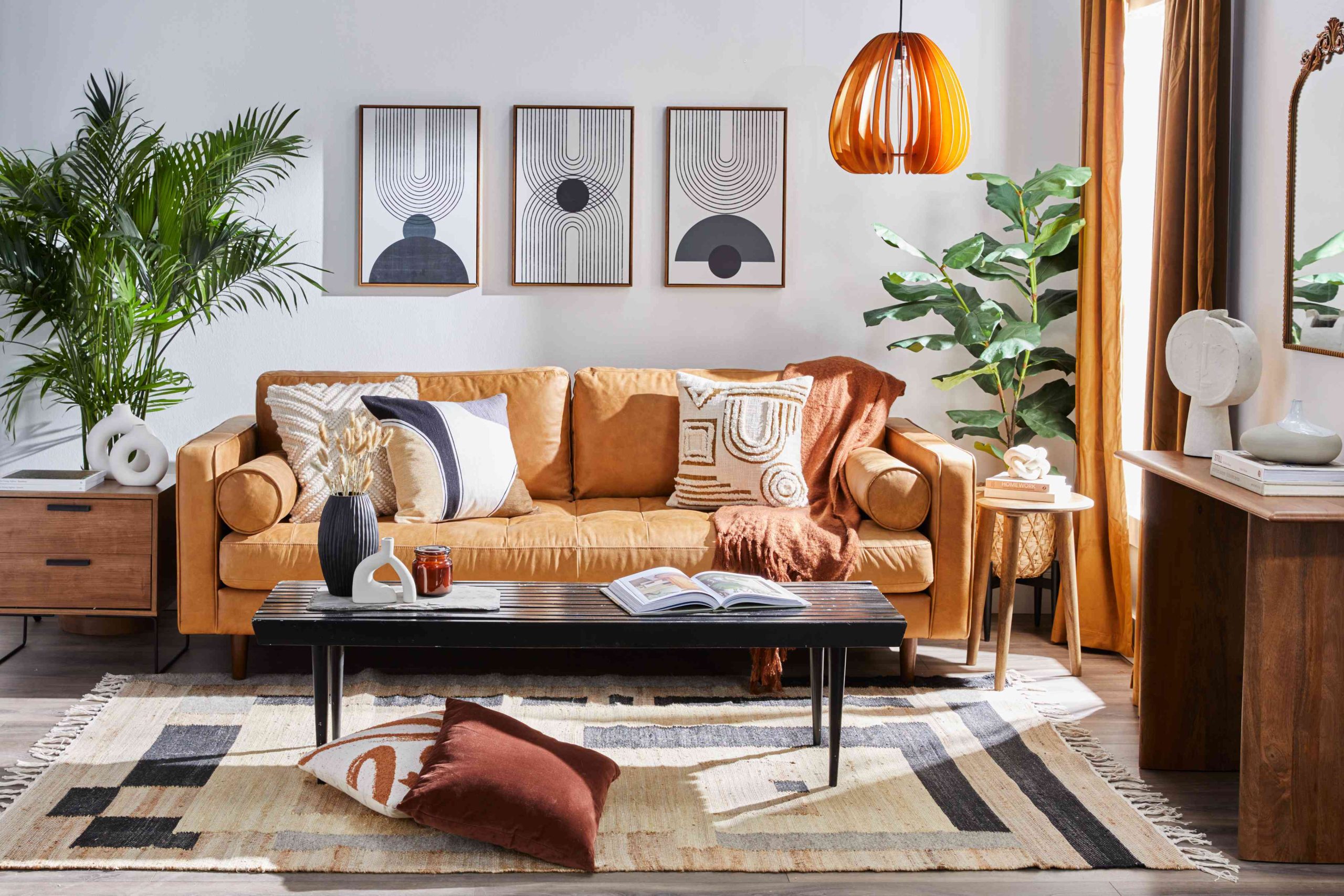Choosing the right color for your home is more than a decorative decision; it’s an emotional one. The hues gracing your walls, furniture, and accent pieces can affect your mood, influence your behavior, and even dictate the overall ambiance of your home. This is the realm of color psychology.
Color psychology is a branch of psychology that studies how colors affect our emotions, behaviors, and decision-making processes. This connection is far from superficial. For example, a study published in the journal Color Research and Application suggested that certain colors could influence heart rate, blood pressure, and even metabolism. In the context of home decor, this means your paint choices could shape the entire emotional landscape of your home, dictating whether it feels soothing, energizing, somber, or cheerful.
Understanding the Color Wheel
To harness the power of color psychology in home decor, you must first understand the color wheel. Conceived by Sir Isaac Newton in 1666, the color wheel organizes colors into a circular diagram that illustrates their relationships. In interior design, three major color schemes are derived from the color wheel: complementary (colors directly opposite each other), analogous (colors next to each other), and triadic (three colors evenly spaced). These schemes provide a guide for creating visually pleasing color combinations. For instance, a living room with a complementary color scheme of blue and orange creates a vibrant, lively atmosphere due to the high contrast.
The Emotional Palette: Color and Emotion
Different colors elicit a range of emotional responses. Blues and greens, with their natural connotations of the sea and forests, evoke feelings of peace and tranquility. They are thus ideally suited for bedrooms, bathrooms, or any space meant for relaxation. Conversely, warmer hues like reds and oranges can stimulate the senses and encourage socialization. As such, they’re often used in communal spaces like dining rooms and kitchens. A study by the University of Rochester even suggested that warm colors could increase physical strength and endurance, perhaps explaining why they’re common in exercise rooms.
Room-by-Room Guide to Color Choices
Selecting the right color for each room in your home is an art. It requires taking into account the room’s function, size, and amount of natural light. A color that thrives in a large, well-lit living room might drain the life out of a small, dimly lit study. According to a case study published in the Journal of Interior Design, lighter colors tend to make small rooms feel larger and more airy, while darker hues create a sense of intimacy and warmth, making them ideal for larger spaces or rooms with high ceilings.
Trends and Timeless Classics in Color Psychology
Color trends come and go, influenced by societal moods, fashion, and even global events. In recent years, we’ve seen a resurgence of earthy tones, from moss green to terracotta, reflecting a societal shift towards environmental consciousness and a longing for simplicity amidst a fast-paced, digital world. However, timeless color palettes, such as a calming blue-and-white coastal theme or a sophisticated black-and-white monochromatic scheme, consistently retain their appeal. These classics work well with a variety of architectural styles and stand the test of time.
The Role of Accent Colors
Accent colors, often vibrant and bold, breathe life into a space. They create focal points, drawing the eye and adding a burst of energy. According to a 2017 study by Houzz, many homeowners use accent colors to freshen up their homes, introducing these bursts of color through decor items, feature walls, painted furniture, or even doors and window frames. Strategically used, accent colors can break up the monotony, highlight architectural features, and reflect personal style.
In conclusion, color selection in home decor is far more than an aesthetic decision; it’s a tool for creating a personalized, emotionally resonant environment. By understanding the principles of color psychology, you can shape your home into a space that not only pleases the eye but also enhances your well-being.



